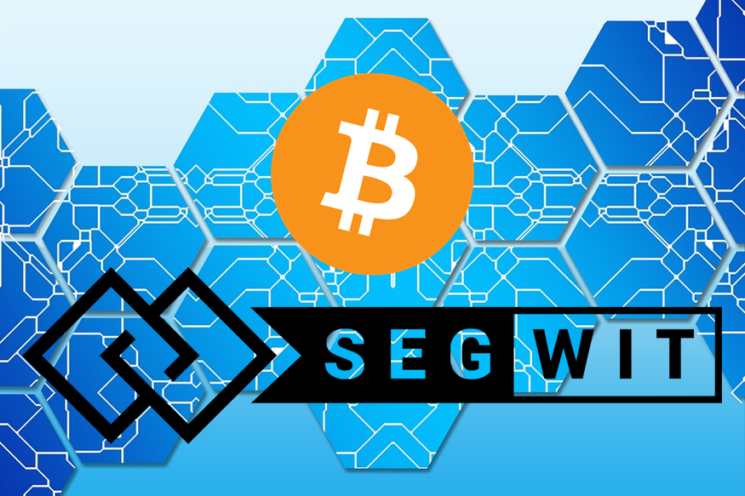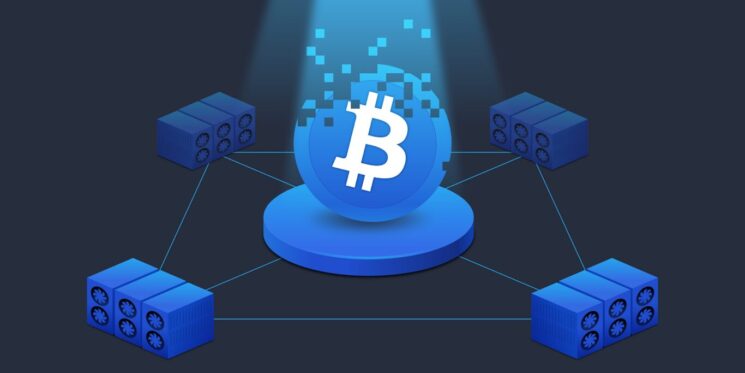Bitcoin, the pioneering cryptocurrency, relies on a complex web of cryptographic algorithms and protocols to function. Among its crucial components are Bitcoin addresses, which serve as the destination for funds during transactions. Over the years, Bitcoin address formats have evolved, and one of the most significant developments is the transition from legacy addresses to Bech32 addresses. In this article, we will delve deep into the world of Bitcoin addresses, explore the differences between legacy and Bech32 formats, and guide you through the process of transitioning to these addresses.
In This Post
Understanding Legacy Bitcoin Addresses

What Are Legacy Addresses?
Legacy Bitcoin addresses are the original address format introduced by Satoshi Nakamoto when Bitcoin was created. These addresses typically start with a ‘1’. They are based on a cryptographic algorithm known as SHA-256 and RIPEMD-160, which ensures the security and privacy of transactions.
How Legacy Addresses Work
Legacy addresses work by encoding a recipient’s public key into a shorter, more manageable format. This format is not only easy to share but also secure. However, it has some limitations, particularly in terms of transaction malleability and efficiency.
Advantages and Disadvantages
Legacy addresses have been the standard for Bitcoin transactions for many years. They offer simplicity and compatibility with most wallets and services. However, they come with drawbacks, including susceptibility to transaction malleability and larger transaction sizes, which can result in higher fees.
The Emergence of Segregated Witness (SegWit)

Introduction to Segregated Witness
Segregated Witness, or SegWit, is a significant upgrade to the Bitcoin protocol that was activated in August 2017. It introduced a new transaction format that segregates witness data (the cryptographic signatures) from the transaction data. This separation addresses several issues, including malleability and scalability.
Benefits of SegWit for Bitcoin
SegWit offers several advantages for Bitcoin, including increased transaction capacity, reduced fees, and enhanced security. By separating the witness data, SegWit addresses the transaction malleability issue that has plagued Bitcoin since its inception. If you are new to Bitcoin, it’s essential to understand the different types of Altcoins to broaden your cryptocurrency knowledge.
Adoption Challenges and Concerns
While SegWit brings many benefits, its adoption has not been universal. Some wallets and services were slow to implement support for SegWit, and some users were hesitant to upgrade due to concerns about compatibility and security. However, the benefits of SegWit have gradually overcome these challenges.
What Is Bech32?
Bech32 is a native SegWit address format introduced through Bitcoin Improvement Proposal (BIP) 173. These addresses are designed to offer improved security and efficiency compared to legacy addresses. They start with ‘bc1’ and use the Bech32 encoding scheme to represent data.
Structure and Anatomy
Bech32 addresses consist of a human-readable part (HRP), a separator (usually ‘1’), and the data part. The data part is encoded in a way that prevents errors, enhancing the address’s reliability.
Key Advantages
Bech32 addresses offer several key advantages, including:
- Lower transaction fees due to reduced transaction size.
- Improved resistance to typographical errors.
- Enhanced security against certain types of attacks.
- Full compatibility with SegWit transactions.
Steps to Migrate from Legacy to Bech32 Addresses
Migrating from legacy to Bech32 addresses is a straightforward process that involves the following steps:
- Generating Bech32 Wallets: Start by creating a new Bech32 wallet. Many modern wallets support Bech32 addresses, making it easy to set up.
- Converting Existing Funds: To fully transition, you’ll need to move your existing Bitcoin holdings from legacy addresses to Bech32 addresses. This can be done through a wallet that supports both formats.
- Updating Payment Methods: If you receive Bitcoin payments, make sure to update your payment methods and share your new Bech32 address with others to encourage the adoption of this format.
Safety and Security Considerations
Bech32 addresses offer enhanced security by reducing the risk of certain types of attacks, such as address typos leading to lost funds. They also benefit from the security improvements brought by SegWit.
Risks and Common Misconceptions
While these addresses are generally safe and efficient, there are misconceptions about their security. It’s essential to stay informed and understand that, when used correctly, Bech32 is a secure address format.
Bech32 Adoption and Implementation

Current State
The adoption of Bech32 addresses has been growing steadily since their introduction. Many wallets and services now support Bech32, making it more accessible to users.
Popular Wallets and Services Supporting Bech32
Several well-known wallets, exchanges, and services have integrated Bech32 support into their platforms. Some of these include Electrum, Ledger Live, and many more.
Encouraging Wider Adoption
Benefits for Users
Users should consider transitioning to Bech32 addresses due to the lower transaction fees, improved security, and better error handling. These advantages directly benefit Bitcoin users.
Benefits for the Bitcoin Network
Bech32 adoption benefits the entire Bitcoin network by reducing transaction sizes, thereby improving scalability and reducing congestion on the blockchain. This, in turn, helps lower transaction fees for all users.
Beyond Bech32: The Future of Bitcoin Addresses

Ongoing Developments in Address Formats
Bitcoin is a dynamic ecosystem, and innovations in address formats continue to evolve. Stay updated on new developments and improvements in the space.
Potential Improvements and Innovations
Researchers and developers are constantly working on enhancing Bitcoin address formats. These improvements aim to make transactions even more efficient, secure, and user-friendly.
The Role of Address Formats in Bitcoin’s Evolution
Address formats play a crucial role in shaping the user experience and the overall functionality of Bitcoin. As the network continues to evolve, so too will address formats.
Conclusion
In summary, gaining proficiency in Bitcoin address formats is a fundamental skill for all cryptocurrency enthusiasts and participants. The shift from legacy to Bech32 addresses signifies a substantial leap in both security and operational efficiency. By comprehending the merits of Bech32 addresses and adeptly navigating the migration process, users stand to gain from reduced transaction costs, heightened security measures, and a more robust Bitcoin network.